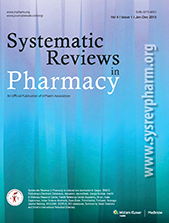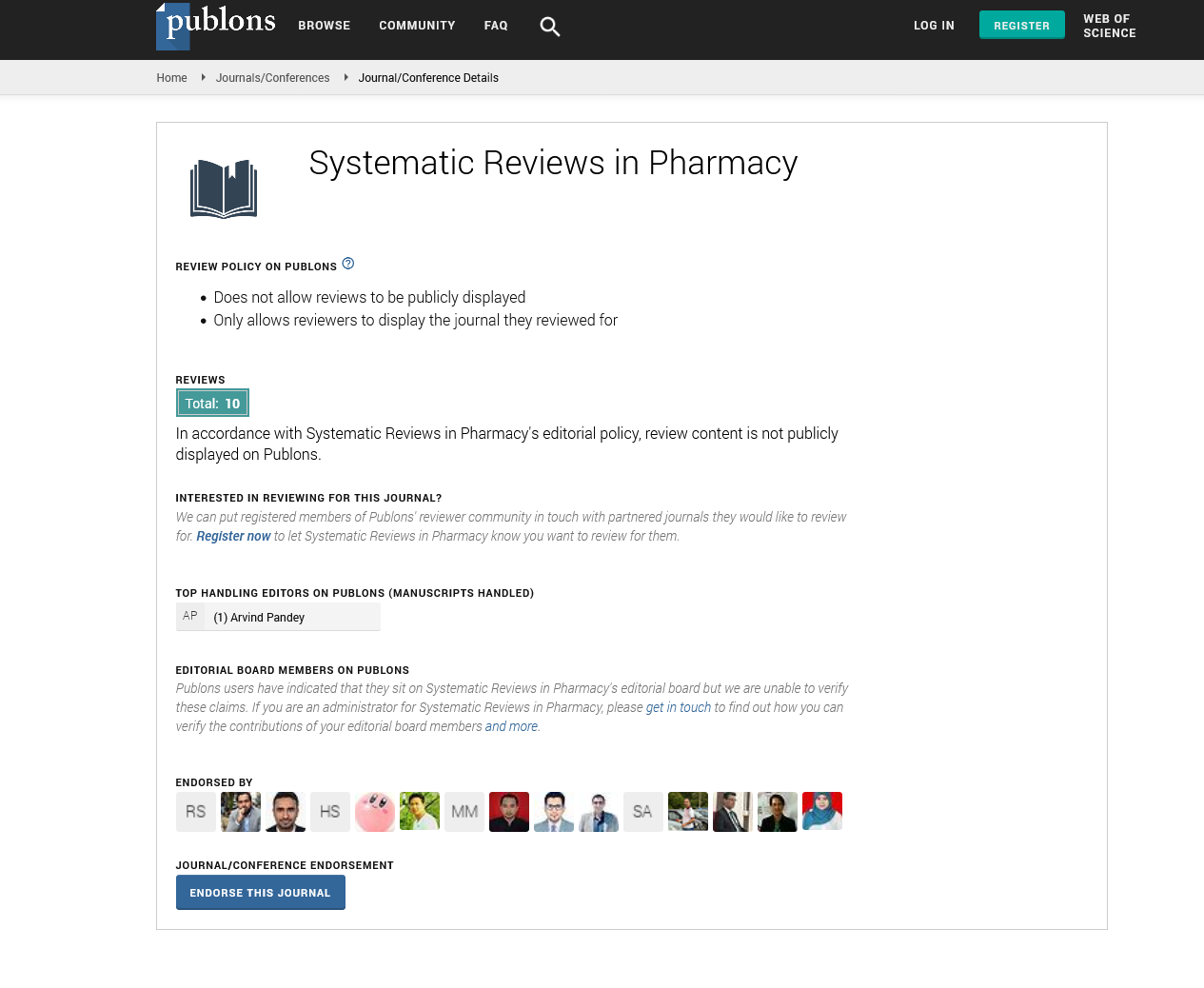Comparative Potential of Different Native Mycorrhizal and Cellulolytic Fungi in Recovering Soil Biological Quality under Water Deficit
Abstract
FIKRINDA FIKRINDA, SYAFRUDDIN SYAFRUDDIN, SUFARDI SUFARDI, RINA SRIWATI.
Soil biological quality has a primary role in many soil functions related to productivity and environmental resilience. Arbuscular mycorrhizal and cellulolytic fungi are two beneficial microorganisms colonizing plant roots and have a potential role in plant productivity. This study aimed to determine the effectiveness of native species of the mycorrhizal (Acaulospora tuberculata and Gigaspora cf. gigantea) and cellulolytic (Talaromyces pinophilus strain MR107 and T. pinophilus isolate OK3SP103P) fungi from the dry land of Aceh on soil biological quality under water deficit. Dual inoculation of both native species significantly improved soil biological quality by increasing mycorrhizal colonization, the fungal population, and soil respiration activity at 45 and 90 days after sowing (DAS), and soil phosphatase activity at 45 DAS. Acaulospora tuberculata was more suitable to T. pinophilus strain MR107 while Gi. cf. gigantea well combined to either T. pinophilus strain MR107 or T. pinophilus isolate OK3SP103P. Gigaspora cf. gigantea and T. pinophilus strain MR107 was the superior native mycorrhizal and cellulolytic fungi respectively in promoting soil biological quality under drought. This study could provide more insight into the sustainability of soil biological quality under drought by native mycorrhizal and cellulolytic fungi.






